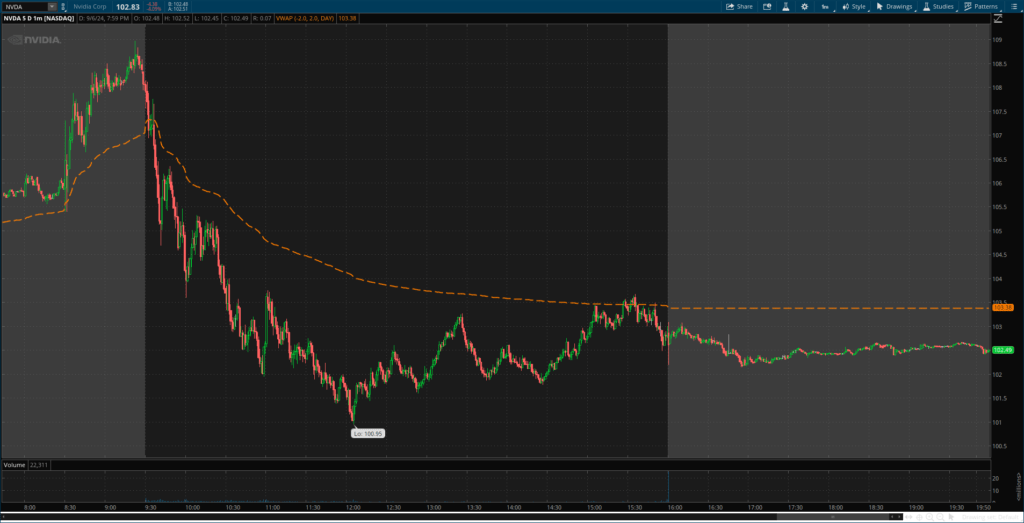The Best Options Strategy: A Comprehensive Guide to Success in Trading
The Best Options Strategy: A Comprehensive Guide to Success in Trading
The Best Options Strategy: Unveiling the Secrets of Trading Success
Trading, in its essence, is an intersection of art and science. The fluctuating world of options can seem daunting, but the right strategy can significantly increase your chances of success. This guide aims to demystify the realm of options, guiding you through some of the best strategies available.
1. What is the Most Successful Option Strategy?
The Iron Condor
Considered by many to be the crown jewel of option strategies, the Iron Condor takes advantage of low volatility. It’s perfect for a market that’s not showing any drastic upward or downward trends.
How it Works:
Buy an out-of-the-money put option.
Sell an out-of-the-money put option at a lower strike price.
Buy an out-of-the-money call option.
Sell an out-of-the-money call option at a higher strike price.
Example: Let’s say stock XYZ is trading at $50. You could:
Buy a $45 put.
Sell a $47 put.
Buy a $53 call.
Sell a $51 call.
If XYZ stays between $47 and $51, all options would expire worthless, and you retain the premiums collected at the outset.
Pros: This strategy allows for a wide range of profitability, given the market remains within a specific range.
Cons: It requires monitoring and adjustment in case the market moves out of the desired range.
2. What is the Best Strategy to Make Money in Options?
The Covered Call
A darling for those who believe in a bullish market, the Covered Call lets you capitalize on assets you already own.
How it Works:
You already have a stock or asset.
You sell call options for that stock.
Example: You own 100 shares of stock ABC, currently trading at $100. Expecting minimal growth, you sell a call option with a strike price of $105 for a premium of $5. If the stock price stays below $105, you pocket the premium. If it rises above, you’re obligated to sell your shares but at a profit.
Pros: Generates additional income on held stocks. It also provides a bit of a downside buffer due to the received premium.
Cons: Potential profit on the stock is capped to the strike price.
3. What is the Easiest Option Strategy?
The Long Call
For those stepping into the world of options, the Long Call offers simplicity and directness.
How it Works:
Buy a call option betting on the asset’s price rise.
Example: Stock DEF is at $20. Believing it will rise in the next month, you buy a call option with a strike price of $22 for a $1 premium. If the stock rises above $23 (strike price + premium), you’re in profit.
Pros: Simple to understand and execute. Has unlimited upside potential.
Cons: The entire investment can be lost if the stock doesn’t rise above the strike price plus premium.
4. What is the Most Common Option Strategy?
Buy and Hold
While not exclusively an “option strategy,” many investors use options in a buy-and-hold methodology.
How it Works:
Purchase options with a longer expiration.
Wait for the market to move favorably.
Example: Stock GHI is perceived as undervalued. You buy long-term call options expecting the price to rise over the next year.
Pros: Can be less stressful as it doesn’t require daily monitoring.
Cons: Requires patience and is susceptible to time decay.
Conclusion
The intricate maze of options trading offers multiple paths, each with its distinct advantages and challenges. Understanding these paths, their benefits, and their pitfalls can guide you to profitable trades. Always remember that while strategies can guide, market dynamics can change, making it essential to stay informed and flexible.
Happy Trading,

Follow us on social media:





